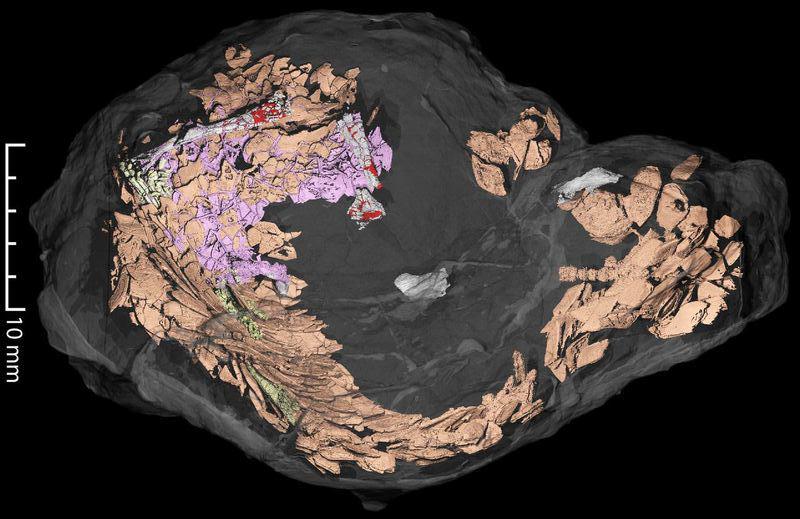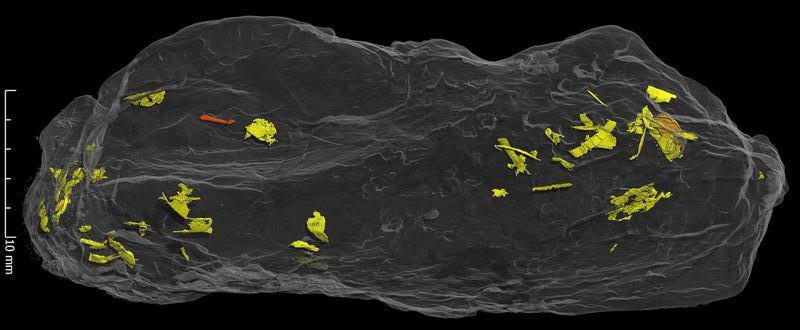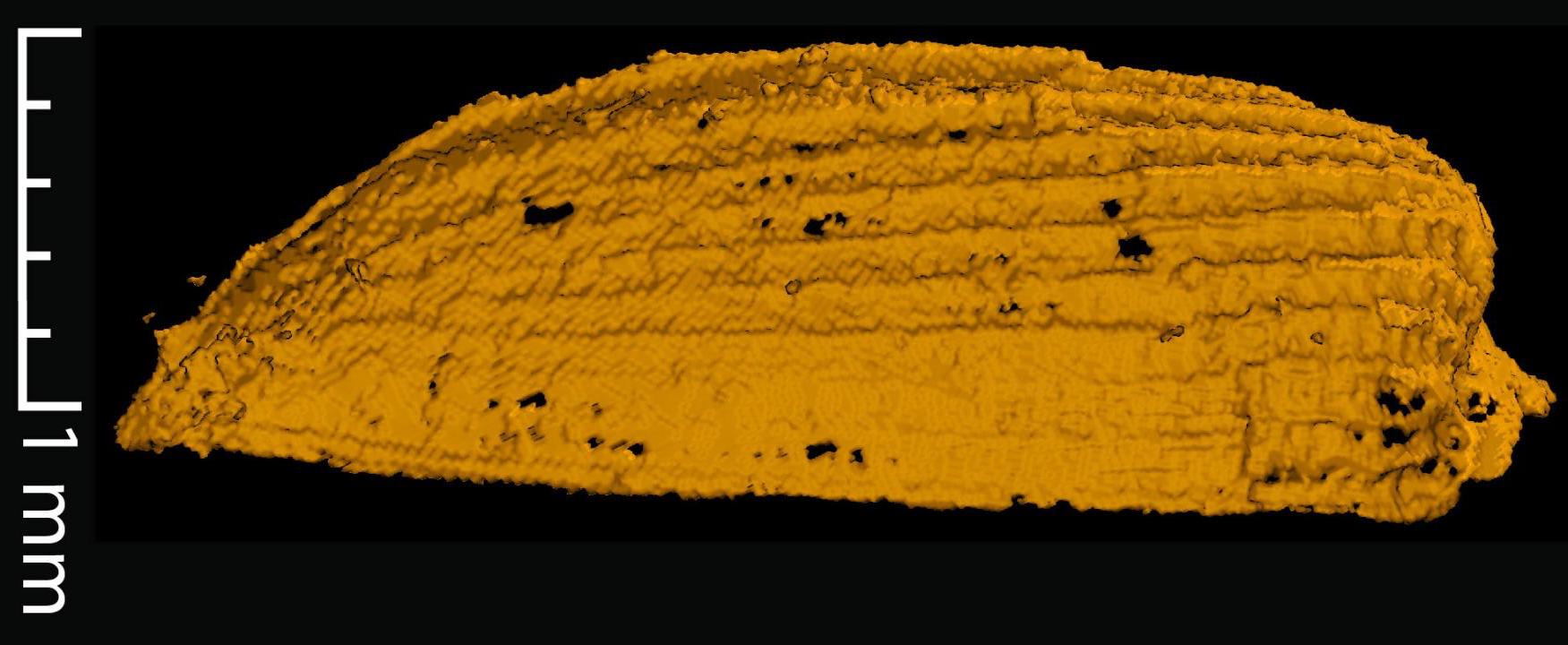This Beautiful Ancient Poop Contains Triassic Fish Bones and Beetles Wings
Credit to Author: Becky Ferreira| Date: Thu, 24 Aug 2017 19:00:00 +0000
In Jurassic Park, Laura Dern plunges her arms elbow-deep in dinosaur dung to dig around for clues about the feeding habits of an ailing Triceratops. For paleontologists who study coprolites, a fancy word for fossilized poop, the scene probably hits home. Skeletons and footprints tell us a lot about the anatomy and behavior of extinct animals, but nothing paints a vivid picture of their diets quite like a “big pile of shit,” to quote from the movie.
Case in point: Researchers led by Martin Qvarnström, a PhD student in evolutionary biology at Uppsala University, used the European Synchrotron Radiation Facility (ESRF) in Grenoble, France, to study the bowel movements of Triassic predators that lived 230 million years ago, in what is now Poland. Synchrotrons are a versatile type of particle accelerator that can be used for a range of scientific experiments, including non-invasive scanning of fossilized specimens.
The results, presented Thursday at the annual Society of Vertebrate Paleontology meeting in Calgary, Alberta, revealed exquisitely well-preserved remains of dead prey inside the coprolites.
Take, for instance, this stunning glimpse of a partially digested fish skeleton, with its scales highlighted in purple and fin rays color-coded in green.

According to a recent Nature study, led by Qvarnström, the animal that pooped out this amazing specimen was likely a member of the Ptychoceratodus family, a group of large Triassic carnivorous lungfish that defecated in distinctive spiral shapes. The predator’s unlucky meal, entombed for posterity in shit, was probably from the diminutive redfieldiid family of fishes.
Read More: These Ancient Sharks Pooped Out Their Own Babies Through Corkscrew Buttholes
Qvarnström and his colleagues also examined a coprolite from an insectivorous land animal, which was filled with digested beetle parts. Here’s a semi-transparent image of the coprolite with the insect remains highlighted in yellow.

The coprolite is similar in size to coyote scat, suggesting that the animal that pinched this loaf may have been around the same scale as a modern wild dog. Potential candidates include members of the archosaur family, which is the parent group of dinosaurs, birds, and crocodilians, or perhaps a cynodont, the progenitor of all mammals, including humans.

Either way, this creature loved a good beetle feast, and its success in chowing down on its prey has, 230 million years later, opened an eerie window into the lives and deaths of these insects.
For Qvarnström and his team, these bygone poops are packed with untold stories about lush ecosystems in the distant past. “The next step will be to analyze all types of coprolites from the same fossil locality in order to work out who ate what (or whom) and understand the interactions within the ecosystem,” he said in a statement. “We have so far only seen the top of the iceberg.”
Get six of our favorite Motherboard stories every day by signing up for our newsletter.